Female Prisoner Scorpion (1972-73)
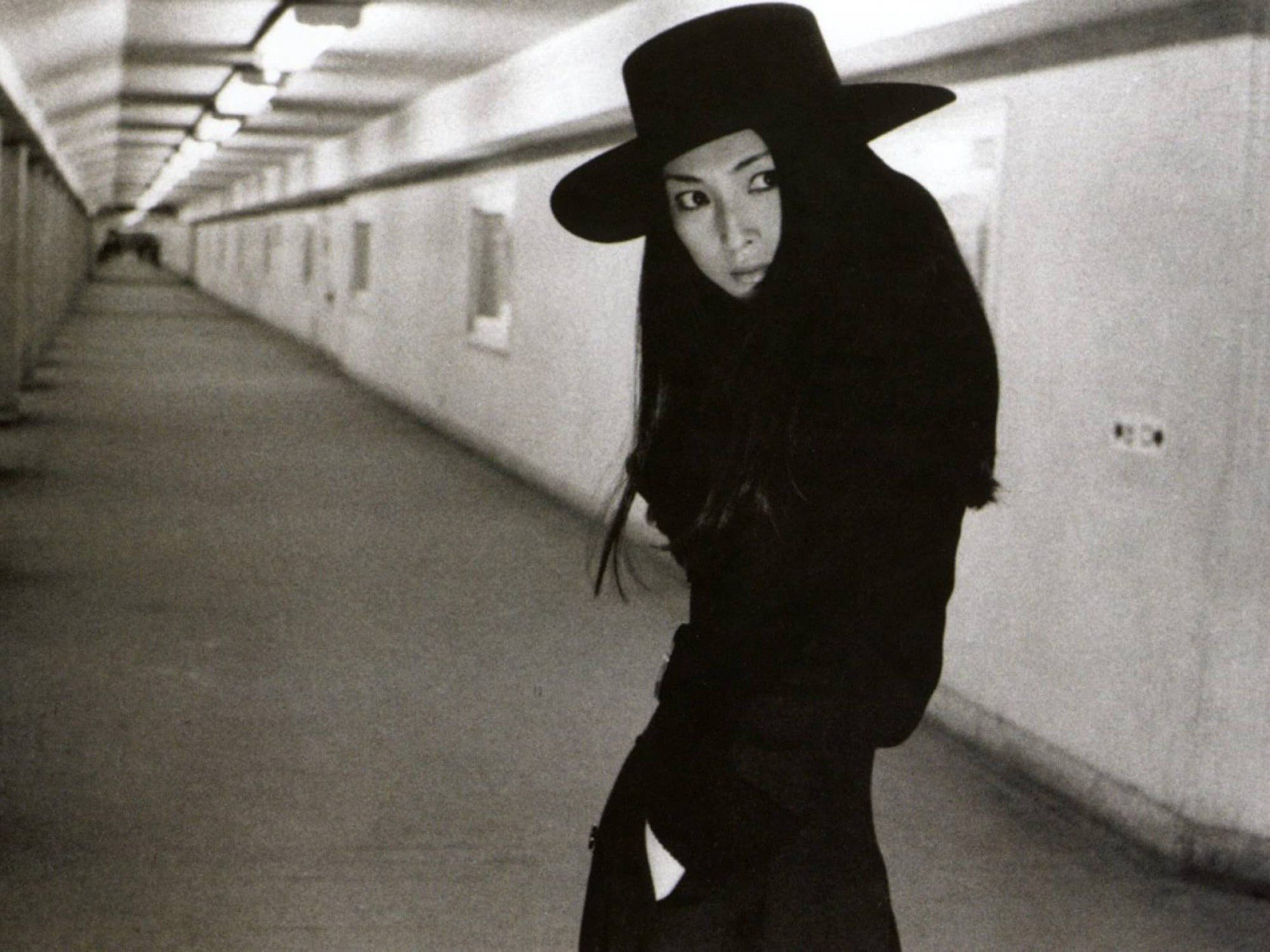
During a brief period of 16 months (August 1972 – December 1973), Japanese actress Meiko Kaji became a sensation in the film series Female Prisoner Scorpion (Nữ tù nhân bọ cạp), portraying the vengeful and resilient character Nami Matsushima, also known as “Sasori” (Scorpion).
This character endured immense suffering while being imprisoned and tortured. After escaping, she returns to seek revenge against those who inflicted pain on her, primarily targeting corrupt prison guards and law enforcement.
When not behind bars, Sasori is often seen wearing a long black coat and a wide-brimmed hat, creating an image that is both striking and iconic, reminiscent of a deadly assassin hiding in the shadows.
Game of Death (1978)
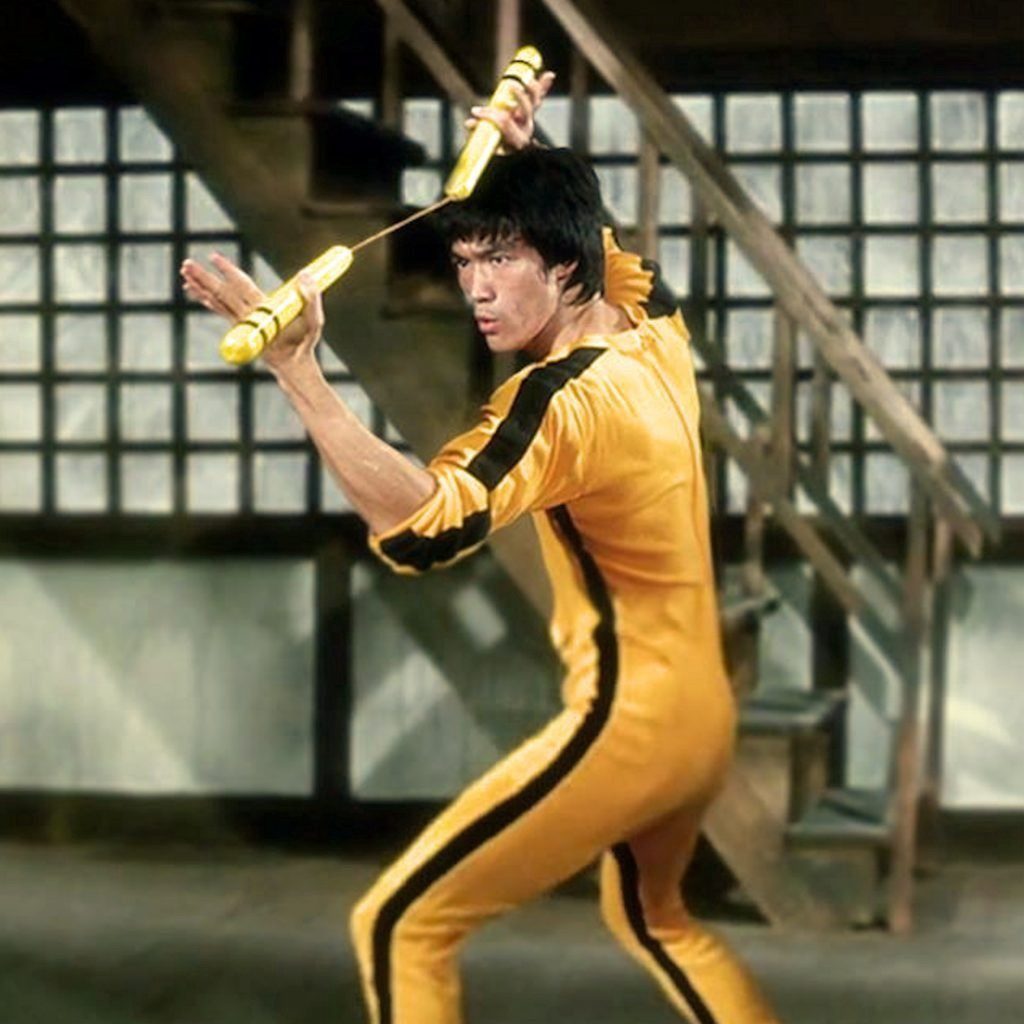
If one were to choose a character that epitomizes the entire Hong Kong film industry, it would undoubtedly be Bruce Lee in his yellow and black tracksuit from Game of Death (Tử vong du hành), released in 1978.
Released five years after the legendary martial artist’s death, the film features a partially completed performance by Bruce Lee, transforming him into an iconic figure of martial arts cinema. One of the most memorable sequences involves a fierce showdown with NBA star Kareem Abdul-Jabbar. In this scene, Bruce Lee dons a striking yellow outfit that has become emblematic.
The images from this scene have been passed down through generations, contributing to the enduring legend of Bruce Lee long before his film appearances ceased.
A Better Tomorrow (1986)
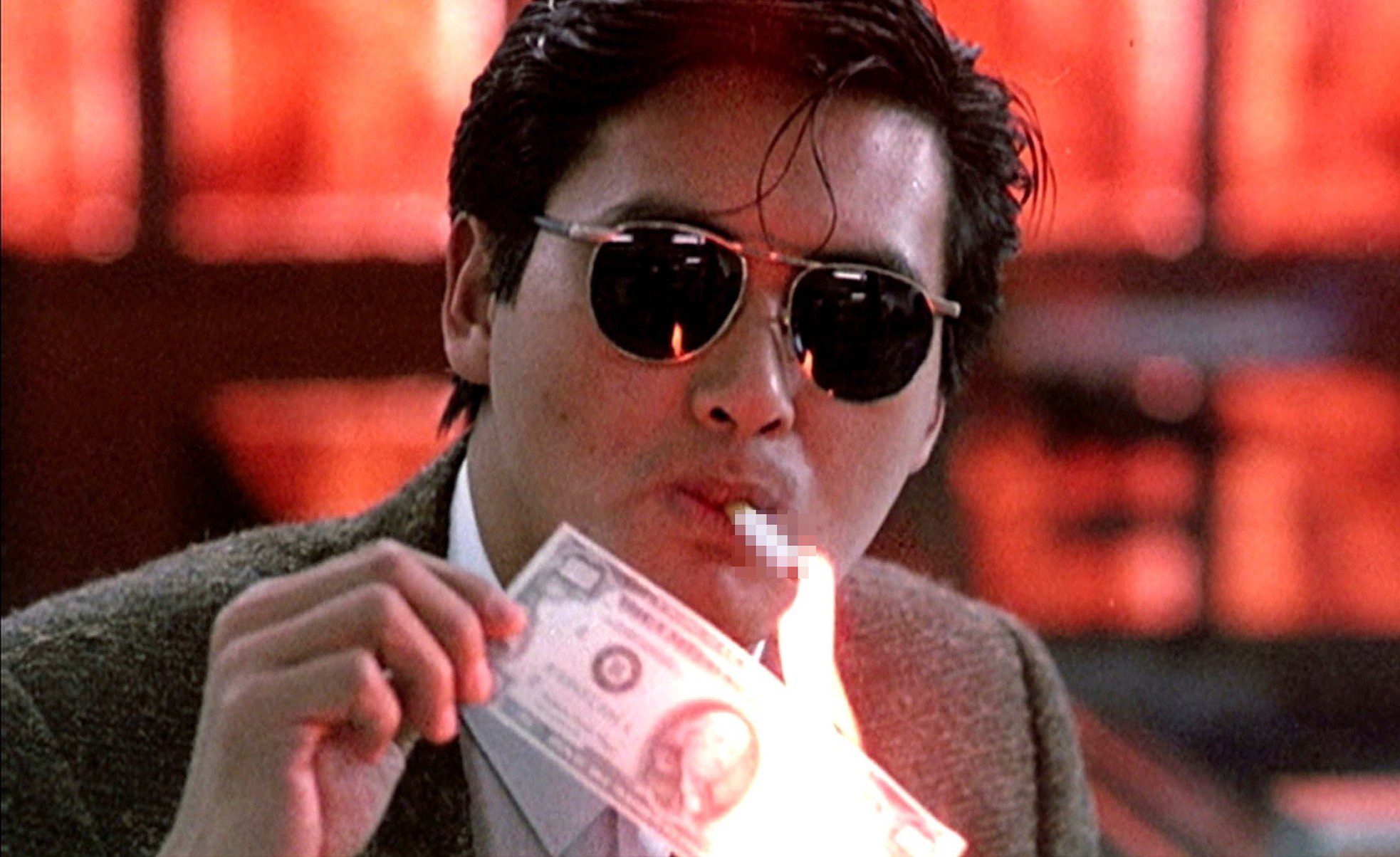
Emerging as a successful action star, Chow Yun-fat made his name in the film A Better Tomorrow (Anh hùng bản sắc) in 1986, where he played a gangster in an explosive narrative.
Despite the challenges of filming under a budget of just $100, Chow’s character, dressed in a long coat and sporting a unique hairstyle, captivated young audiences in Hong Kong (China) and across Asia, becoming an icon of the era.
Despite not being weather-appropriate, Chow’s stylish long coat became ubiquitous on the streets, even leading to the character being known as Mark Gor Lau (Cantonese pronunciation), solidifying his impact on youth culture.
Akira (1988)
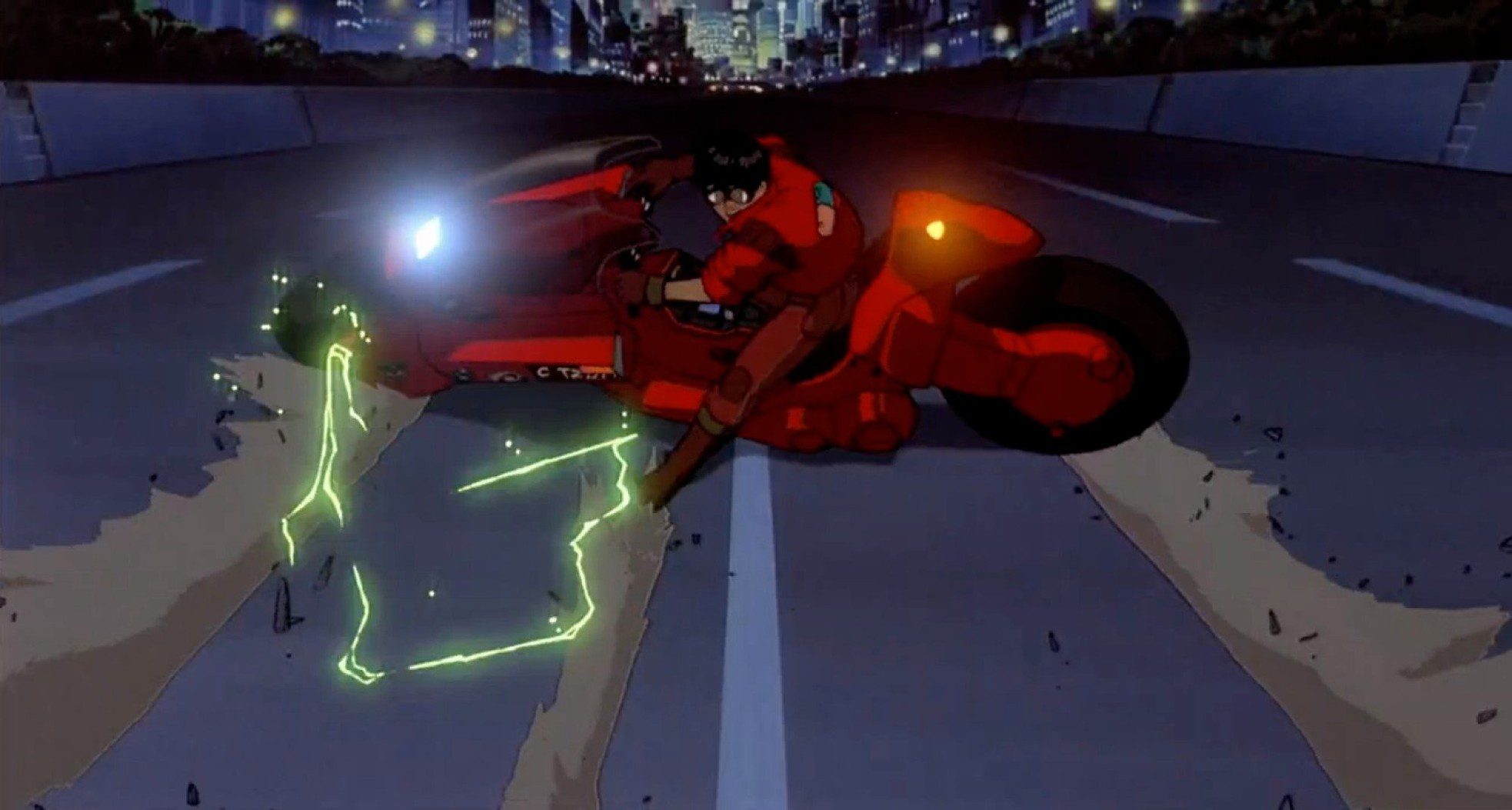
As one of the most influential animated films of all time, Akira is a groundbreaking work by Katsuhiro Otomo that not only popularized Japanese animation worldwide but also significantly shaped the cyberpunk genre in various media.
The film centers on Kaneda, a motorcycle gang leader who unwittingly becomes embroiled in a government conspiracy involving psychic powers and post-apocalyptic themes.
Donning a red bomber jacket and a distinct laser gun, Kaneda has become a symbol of youthful rebellion and strength, representing the vibrant energy of the cyberpunk movement that continues to influence pop culture today.
A Moment of Romance (1990)
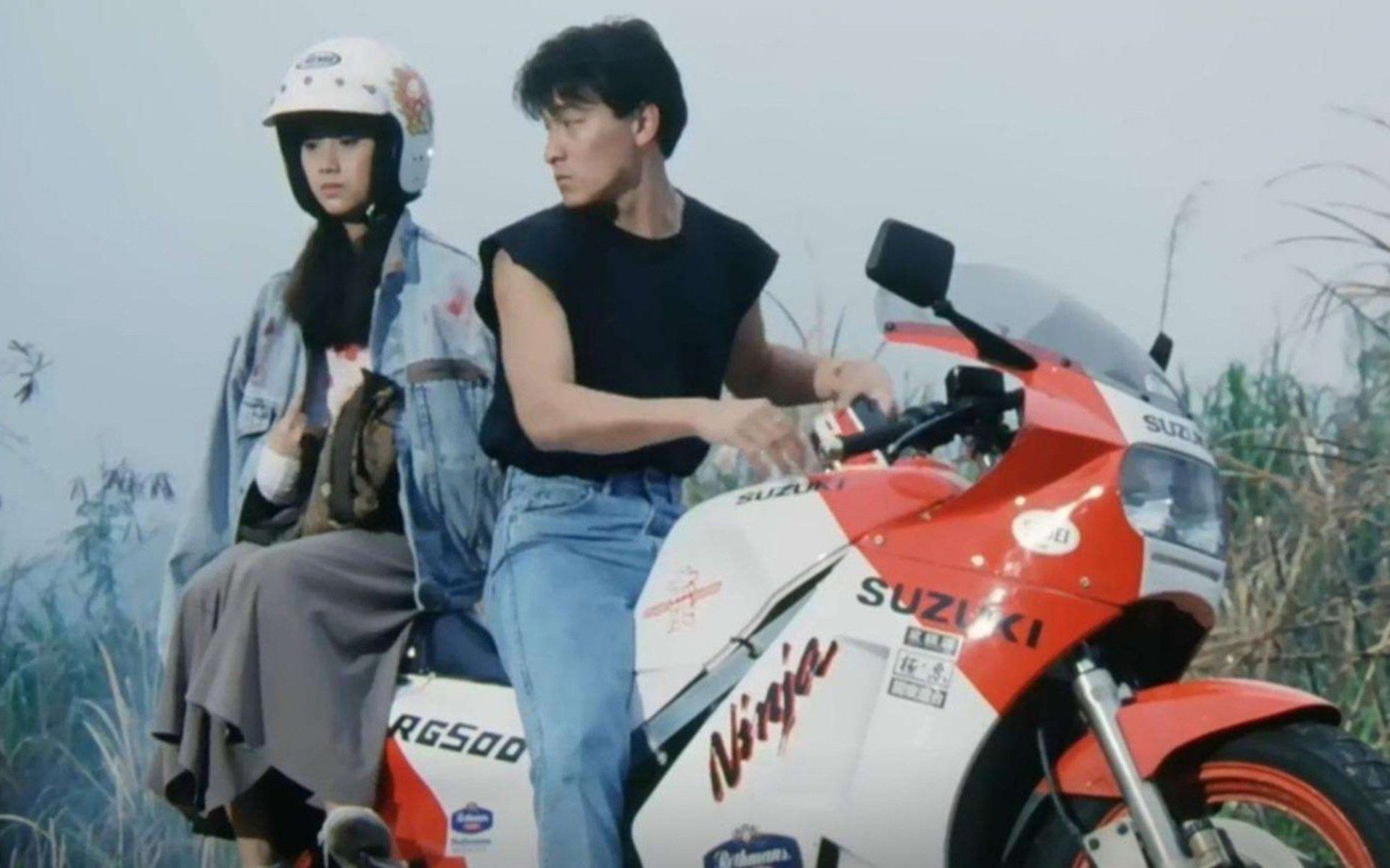
Portraying the role of a motorcycle gang member in A Moment of Romance (Thiên nhược hữu tình), Louis Koo became one of the most recognizable faces in Hong Kong cinema.
Set against the backdrop of fast-paced highways in Hong Kong (China), the film tells the story of a romance between a motorcycle courier and a rich girl, capturing the essence of love amidst chaos.
With a denim jacket and K-Swiss sneakers, Koo’s character became a fashion icon, influencing many young people who aspired to emulate his style.
Chungking Express (1994)
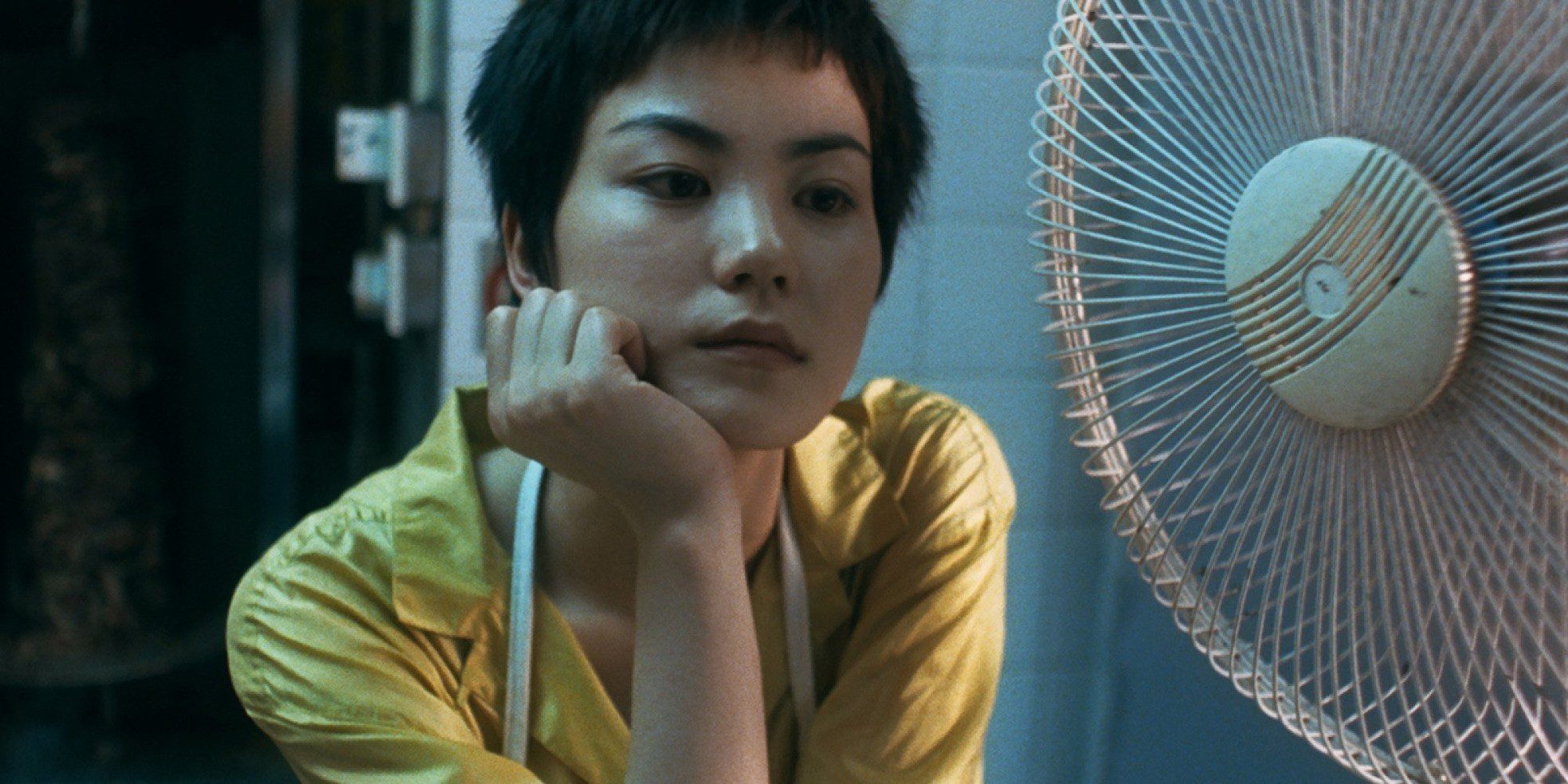
Directed by Wong Kar-wai, Chungking Express achieved significant acclaim, known for its vibrant storytelling and innovative cinematography.
The central character, played by Hong Kong actress Faye Wong, is a quirky fast-food waitress who develops a unique connection with a police officer played by Tony Leung. Wong’s character, with her short hair and free-spirited attitude, resonated with audiences, showcasing the allure of youthful independence in the 1990s.
Wong’s memorable dance sequence to the tune of The Mamas and the Papas or the cover of Dreams by The Cranberries left a lasting impression on viewers.
In the Mood for Love (2000)
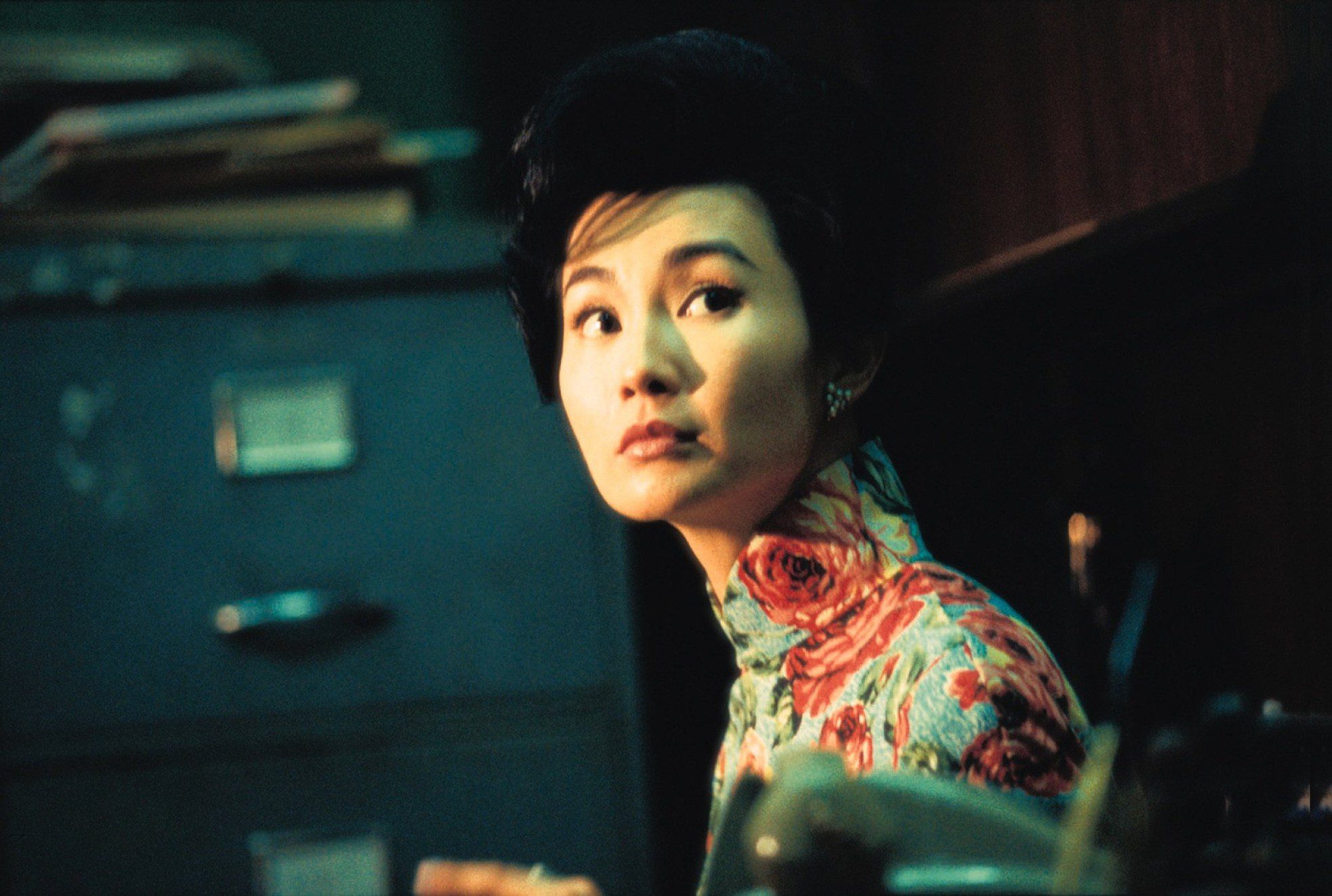
Set in Hong Kong (China) during the 1960s, In the Mood for Love captures the intricate emotions of love and longing between two neighbors who suspect their spouses of infidelity.
The film beautifully portrays the complexities of romantic feelings while maintaining a sense of elegance, making it a masterpiece in Asian cinema.
Through its portrayal of muted colors and meticulous attention to detail, it offers a window into the cultural landscape of the time, resonating deeply with audiences.
Ring (1998)
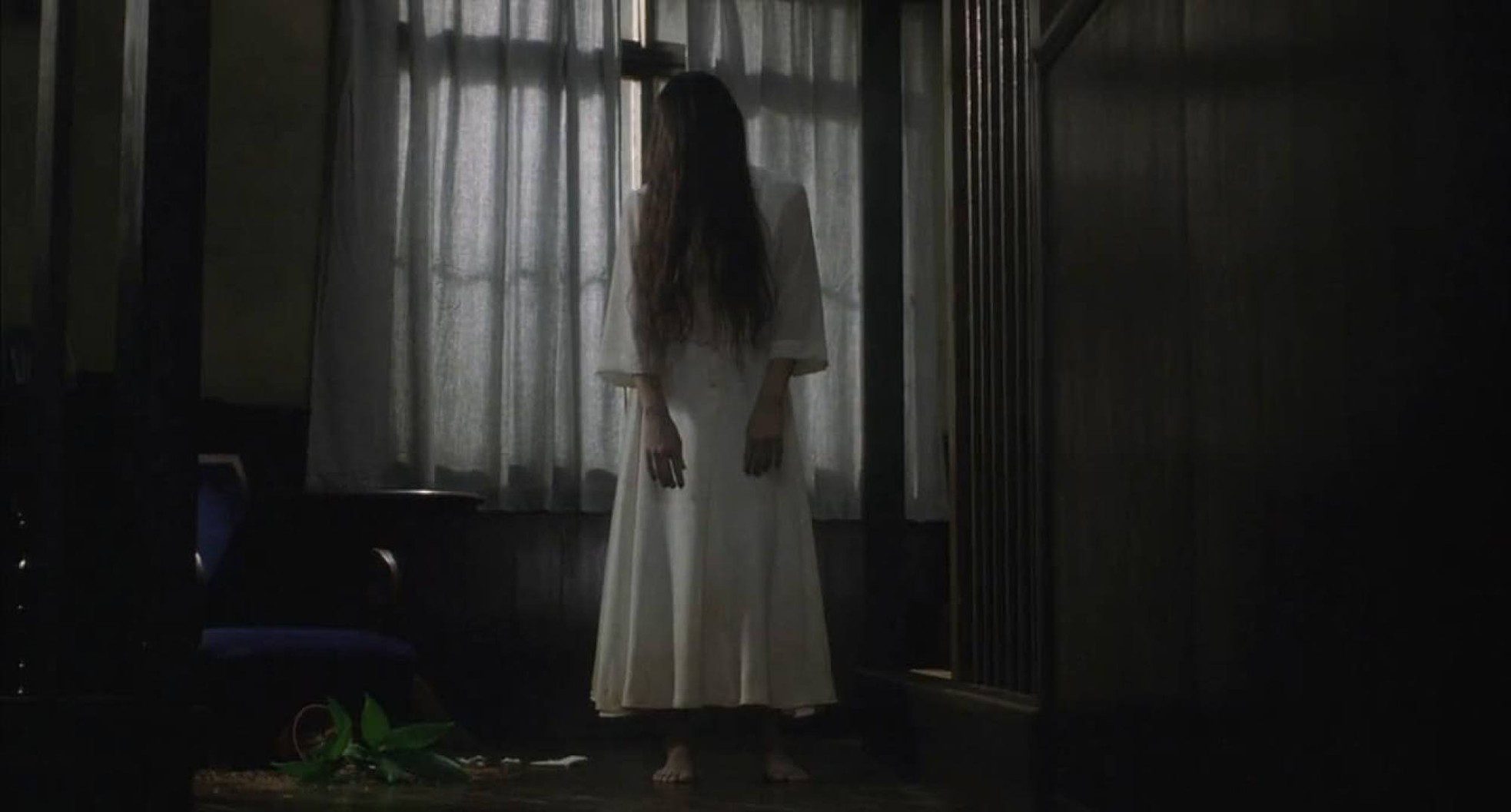
While not the most fashionable horror film, Ring directed by Hideo Nakata, released in 1998, has left an indelible mark on the horror genre.
The character Sadako, portrayed by actress Rie Ino, has become iconic in horror cinema, symbolizing the fear and suspense that permeate the film.
Nakata’s film transcends traditional horror narratives, creating a lasting impact on both the genre and audiences’ perceptions of horror films.
Ichi the Killer (2001)
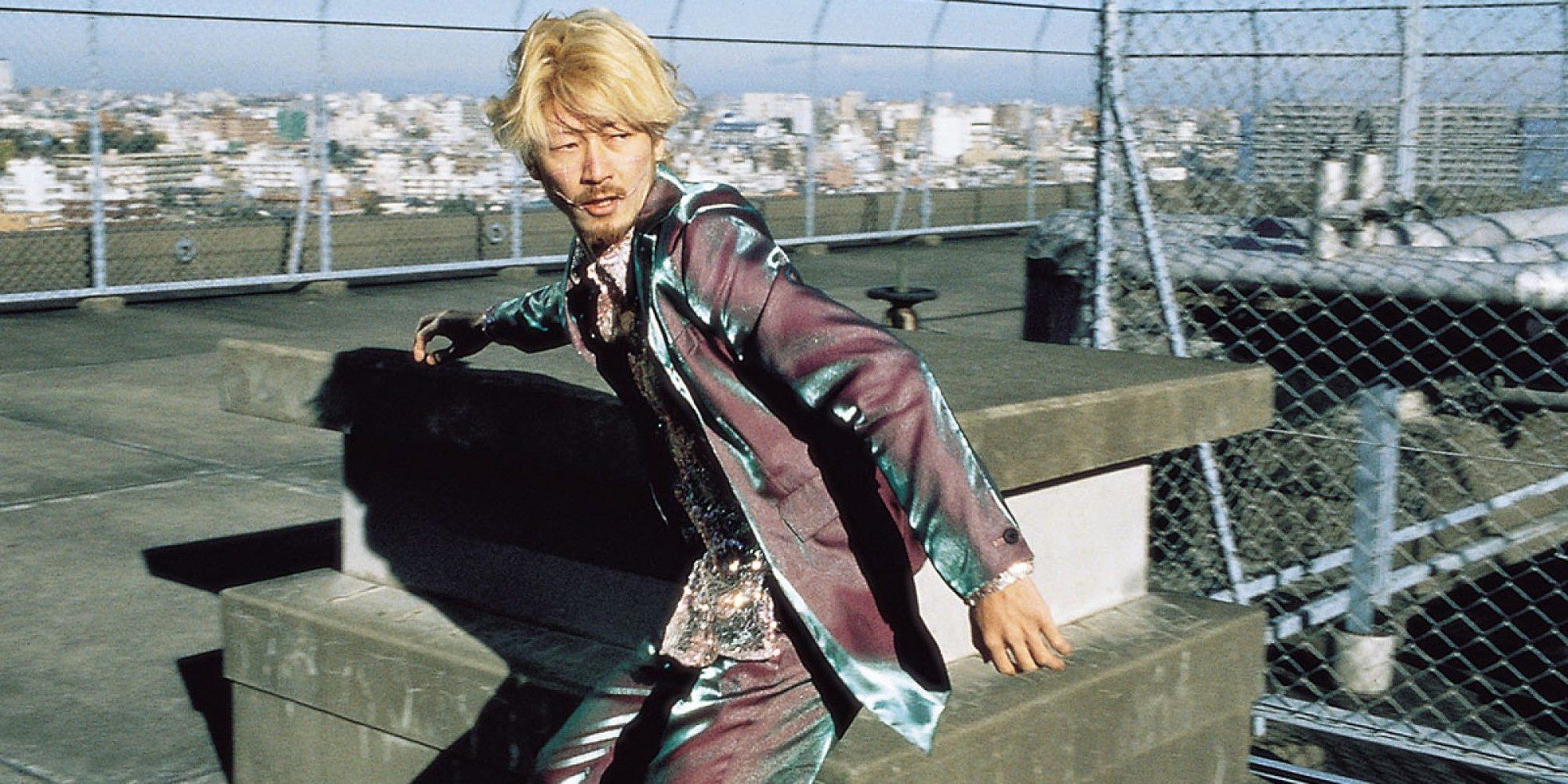
Based on the manga by Hideo Yamamoto and directed by Takashi Miike, Ichi the Killer (Sát thủ số 1) introduced audiences to a unique blend of violence and psychological depth.
In the film, Tadanobu Asano takes on the role of Kakihara, a sadistic yakuza member, whose striking appearance leaves a lasting impression on viewers.
This film challenges conventional storytelling, pushing the boundaries of what is acceptable in film and leaving audiences shocked and enthralled.
Oldboy (2003)
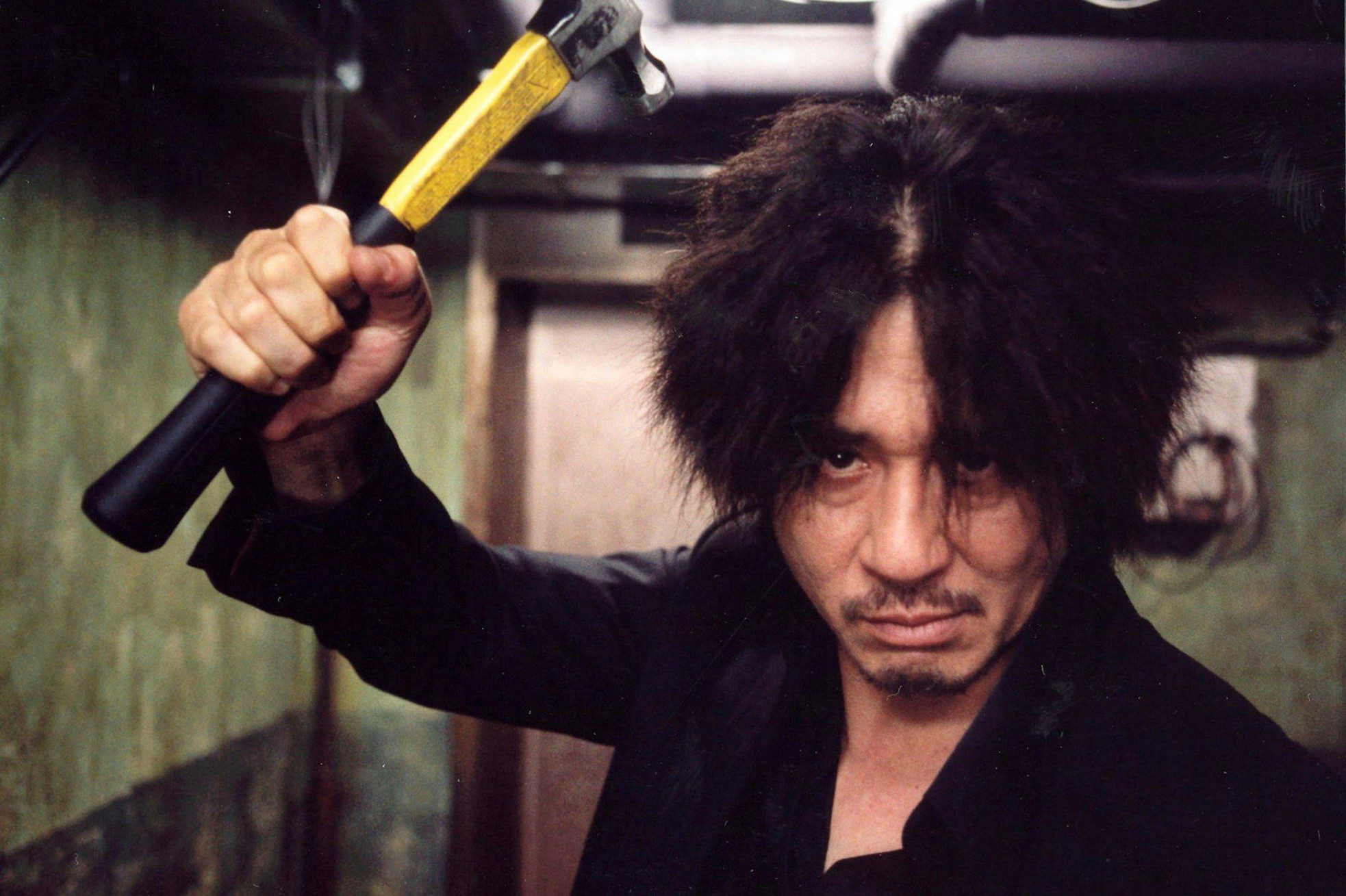
Considered a cornerstone in the resurgence of Korean cinema in the 21st century, Oldboy, directed by Park Chan-wook, left a profound impact on global audiences through its unforgettable narrative and stunning performances.
Choi Min-sik plays the protagonist Oh Dae-su, a man kidnapped and imprisoned for 15 years without explanation. Upon release, he embarks on a quest for vengeance that leads him to unravel a complex web of deceit.
With a distinctive hairstyle and a pair of sunglasses, Dae-su’s journey of self-discovery and revenge captivates audiences, making Oldboy a defining film in the thriller genre.















